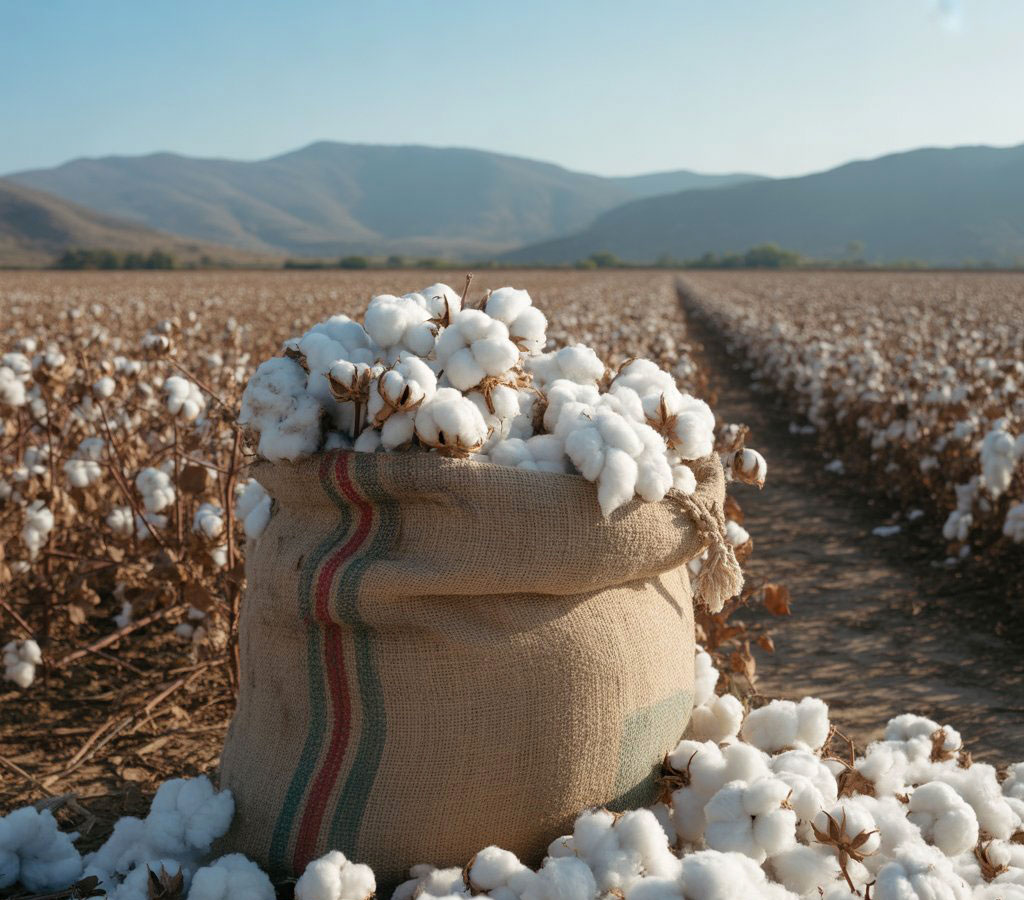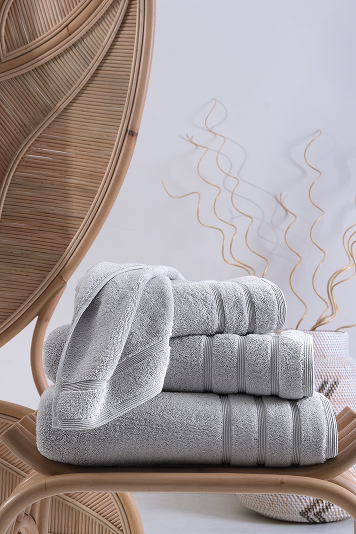Cotton: Turkish vs Egyptian

Turkey ranks fourth in the world in cotton exports, and this is no coincidence. Favorable climate, centuries-old traditions of raw material cultivation and advanced processing technologies make Turkish textiles one of the most popular among connoisseurs of quality products.
Cotton by region: unique characteristics
- Cukurova (Adana) is the heart of Turkish cotton growing. This region is famous for its high-quality cotton raw materials with an optimal balance of softness and strength. It is here that cotton is grown for most Turkish industries.
- Southeastern Anatolia (Elazig, Malatya, Igdir) is an area with a hot climate. Local varieties are distinguished by high density and wear resistance.
- Aegean region (Aydin, Manisa, Balikesir) – here they grow especially soft cotton, which is valued for its tenderness and silkiness.
Egyptian and Turkish cotton: what is the difference?
Egyptian and Turkish are two premium varieties that are often compared to each other. Both have outstanding characteristics, but they also have differences.
- Fiber length
Egyptian cotton (Giza 45, Giza 86, Giza 94) has a fiber length of 36-45 mm (one of the longest-fibered in the world).
The fiber length of Turkish cotton (Aegean, Cukurova) is 32-38 mm (shorter than Egyptian, but also belongs to the premium class).
The longer the fiber, the thinner, stronger and silkier the fabric. Egyptian cotton is slightly thinner, and Turkish is softer and fluffier, great for towels, robes and blankets.
- Texture of the material
Fabrics made of Egyptian cotton, such as mako satin, are smooth, silky, with a slight noble sheen. Long and thin fibers allow you to create a material with a very large number of threads. It is used to sew luxury bed linen.
Turkish cotton is more voluminous, with a pronounced texture. Fabrics made from it are less smooth, but softer to the touch.
- Consumer qualities
Egyptian cotton is denser, practically does not roll, serves for decades.
Turkish cotton absorbs moisture well and also releases it well. Products made from it will dry faster, which is important for terry towels and robes
- Price and prestige
Egyptian cotton is more expensive due to limited production (grown only in the Nile Valley). Associated with the luxury segment.
Turkish cotton is more common and more affordable. The leader in the production of home textiles with an optimal price / quality ratio
Aegean cotton: the elite among Turkish varieties
If Turkish cotton is premium, then Aegean cotton is its luxury category. Grown in the fertile valleys of Aydin, Manisa and Balikesir, it has a special softness and airiness.
What is unique about Aegean cotton?
- It is softer and more delicate to the touch than cotton from other regions of Turkey.
- Ideal for terry – creates a fluffy but elastic texture.
- It has increased absorbency – is perfect for the production of premium terry textiles.
It is from this raw material that the Casa Lusso Opus collection was created – the standard of luxury in everyday textiles. Opus terry robes, towels and foot mats are made of 100% Aegean cotton – the softest and fluffiest in Turkey.
- High density – products remain fluffy for a long time.
- Ideal hygroscopicity – towels absorb a large amount of moisture and dry quickly.
- Luxurious shades – noble colors that do not lose intensity over time.
Casa Lusso Opus is premium Turkish cotton that gives you a SPA experience every day. Choose the best!
